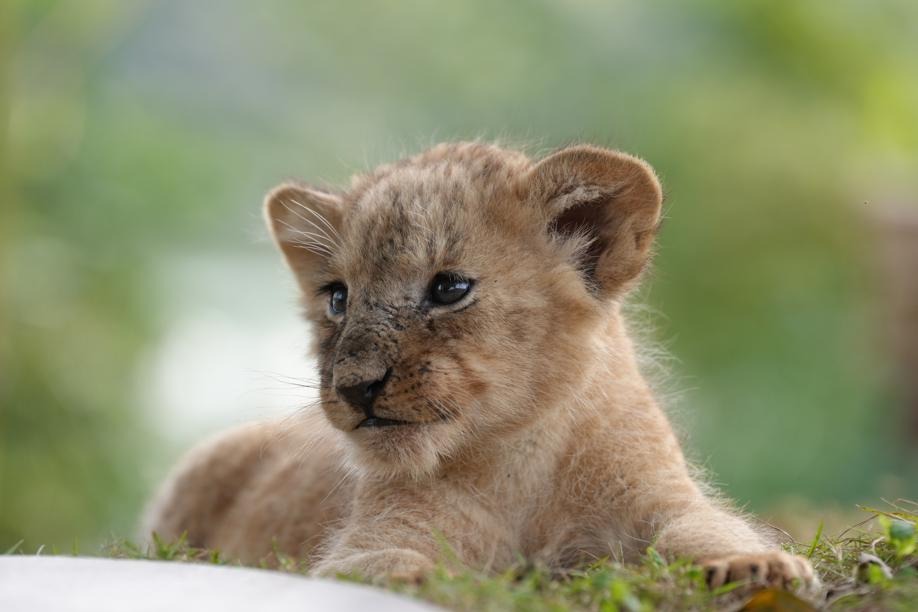National parks sprouting in remote, pristine Tibet

The Tibet autonomous region has been making efforts to turn areas proximate to Mount Qomolangma (Everest) into a national park — a crucial step in the protection of glaciers, according to the regional Bureau of Forestry and Grassland.
Covering more than 33,700 square kilometers, Qomolangma National Park involves four counties of Shigatse city, including Dinggye, Dingri, Nyalam and Gyirong.
The park has many of the highest mountains in the world and one of the most concentrated areas of glaciers and permanent snow cover. It has a rich diversity of species — both plants and animals — and is known as a gene pool for rare, endangered and unique species in the Himalayas.
In addition to the Qomolangma National Park, six sites in the region, including the Changthang reserve, have been included as part of the latest National Park Spatial Layout Plan, which was released by the National Forestry and Grassland Administration at the end of last year.
Under the plan, China has identified 49 sites where national parks have already been established or can potentially be built.
Covering an area of approximately 298,000 sq km, Changthang National Park is the main ecological boundary of the Qinghai-Tibet Plateau in the framework of the national ecological security system. It touches six counties of the Tibet's Nagchu city and Ngari prefecture.
The construction of the park has made major progress and has entered its evaluation stage, the forestry and grassland bureau of the Nagchu said.
Xie Kunming, an official from the nature protection site management office of the bureau, said the park is an important national ecological security barrier that can serve as a typical representative of the global desert ecosystem.
"As an inland lake area with the highest altitude in the world, it preserves a complete and unique alpine plateau grassland and desert ecosystem, as well as rare and endangered wildlife resources. It is home to the largest population of Tibetan antelopes and wild yaks in the wild," Xie said.
Xie added that it holds many laudatory titles, including the "last unpolluted land in the world", an "alpine biological germplasm resource bank", an important component of the "Asian Water Tower" and a global "climate stabilizer".
Zomga, deputy head of the regional Forestry and Grassland Department, noted in a recent article on the progress of national park construction that the regional has allocated more than 500 million yuan ($70 million) on the construction of 92 high-standard management stations in the national parks of Changthang and Qomolangma.
"More than 900 professional patrol officers have been employed, and an average of more than 50 million yuan has been allocated for monitoring, regulation and ecological management and protection annually," Zomga said.
The region has also been implementing a series of policies to support the construction and management of the national park in the region. Projects include returning grazing land to grassland, the protection and restoration of wetlands, compensation payments for wildlife damage and improving the habitat of animals and plants.
"Over the last decade, by working together with multiple scientific research institutes and using more advanced technology, more than 500 personnel have visited the Changthang area in Northern Nagchu to carry out various activities," Zomga said.
The projects include putting 15 sets of satellite tracking collars on Tibetan antelope, installing two sets of high-definition intelligent spherical infrared cameras and more than 200 infrared cameras to study the animals' migration patterns, he said.
"Preliminary research has found the largest breeding area for the Tibetan antelope — with a population of more than 100,000," he said. "The drone captured a scene of 60,000 Tibetan antelope migrating."
After six years of surveys and tracking, researchers found that the size of suitable habitat for snow leopards in Qomolangma National Park is about 11,100 sq km, and the population of snow leopards is between 106 and 114 animals.
Zomga said that by establishing national parks in the region, more rural residents can be provided with jobs as forest protectors who will benefit financially from their contributions.
"It is important to create ways for local residents to benefit from eco-tourism," he said.
Thublo is a herdsman from Nyimalung village of Amdo county in Nagchu. His home village lies within the Changthang National Park, and he is one of the patrolmen protecting the natural environment and wildlife.
Every time he goes on patrol with his colleagues, he takes his telescope and camera. They make sure no one hunts animals or illegally crosses prohibited areas.
"Our work also include collecting waste in the reserve and disposing of the bodies of dead animals," the 37-year-old said, adding that he goes on patrol with a motorbike in the summer and a pickup truck in winter.
"Every time, we go on a round trip of between 100 and 200 km patrolling the vast prairie, we make plenty of preparations," he said.
It is terrible problem if our truck stuck in the snow or mud. If we see residents nearby, they will come to assist; otherwise, we could be stranded for two or three days, Thublo said.
"I'm proud of my job as a protector of wildlife and nature. Protecting the environment is as important as protecting our own home."
- Hong Kong mourns those killed in fire tragedy
- New high-speed rail line connects every city-level region in Guizhou to national network
- New freight train service launched from Handan international land port
- Jiangsu's hearing-impaired baristas brew a new future
- School in Henan forced to refund nap fees
- 8 arrested by Hong Kong's anti-graft body in corruption probe into major renovation project




































